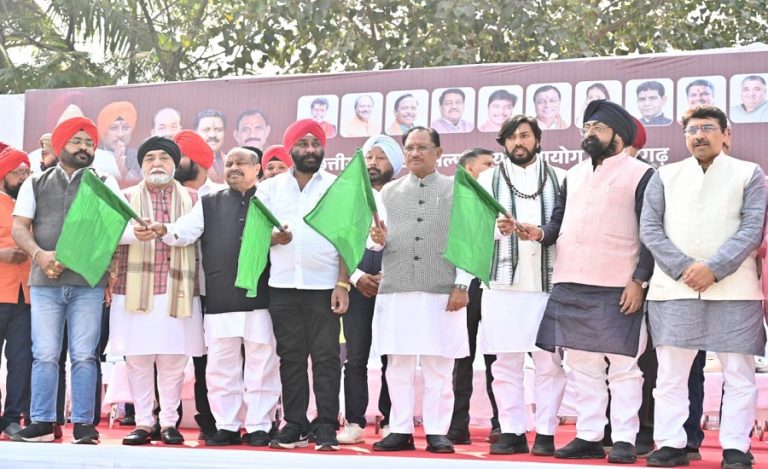Mumbai: In a major ruling, the Supreme Court of India has clarified that the mere issuance of a notice under the Indian Forest Act, 1927 does not automatically vest private land as a “private forest” under the Maharashtra Private Forests (Acquisition) Act, 1975 (MPFA). The decision provides relief to landowners in Maharashtra whose land was classified as private forest based only on old notices.
Background of the Story
The Maharashtra Private Forests (Acquisition) Act, 1975 provides that all private forests, defined under Section 2(f) of the Act, shall vest in the State Government on the “appointed day”. Prior case law like Godrej & Boyce Manufacturing Co. Ltd. v. State of Maharashtra (2014) held that a notice under Section 35(3) of the Indian Forest Act must be validly served on the owner and part of a live pipeline process in order to lead to vesting.
In the case at hand, the state’s case relied on decades-old notices under Section 35(3) of the Indian Forest Act, Gazette publications, departmental entries and “Golden Register” extracts. The landowners argued these notices were not served properly and the process was dormant, yet the land was deemed to have vested. The Supreme Court has now rejected that approach.
What the Supreme Court Held
- Small paragraph style for readability: The Court reaffirmed the binding precedent from Godrej & Boyce: mere issuance of a notice under Section 35(3) is insufficient.
- The notice must be served on the landowner, not just issued or published.
- There must be a live statutory process capable of culminating in a final notification under Section 35(1) of the Indian Forest Act. A stale, dormant process will not suffice.
As a result, the Bombay High Court’s earlier verdict (which allowed vesting based merely on a notice) was set aside.
Importance of This Decision
For landowners: Many landowners in Maharashtra were shocked when their land was classified as private forest simply because old notices existed. This ruling gives them a legal path to challenge such classification if formal service and process steps weren’t followed.
For developers and state authorities: State authorities and developers will now need to ensure every procedural step under both the Indian Forest Act and the MPFA is strictly followed. Cut-corners will now be vulnerable to challenge.
For legal clarity: The judgment reinforces the importance of procedural fairness. Even in large scale land classifications, notice service and live process cannot be ignored. It bolsters the rule of law in forest and land classification matters.
Key Legal Provisions Explained
- Section 35(3) of the Indian Forest Act, 1927: Empowers the State to issue a show-cause notice to owners of lands suspected to be forests.
- Section 2(f)(iii) of the MPFA, 1975: Defines what qualifies as a “private forest” for vesting purposes.
- Section 3 of the MPFA: Provides that all private forests on the appointed day shall vest in the state, subject to compliance with the Act’s procedure.
Way Ahead?
- Landowners whose lands were deemed vested under MPFA 1975 based only on notices can now approach appropriate courts/tribunals to challenge classification.
- State Govt. must review past vesting orders where service of notice or live process was absent.
- Developers dealing with plots in Maharashtra will now proceed with greater caution around land classification history.
- Future classifications must strictly follow service, objection, final notification steps under the forest laws to avoid being invalidated in court.



























